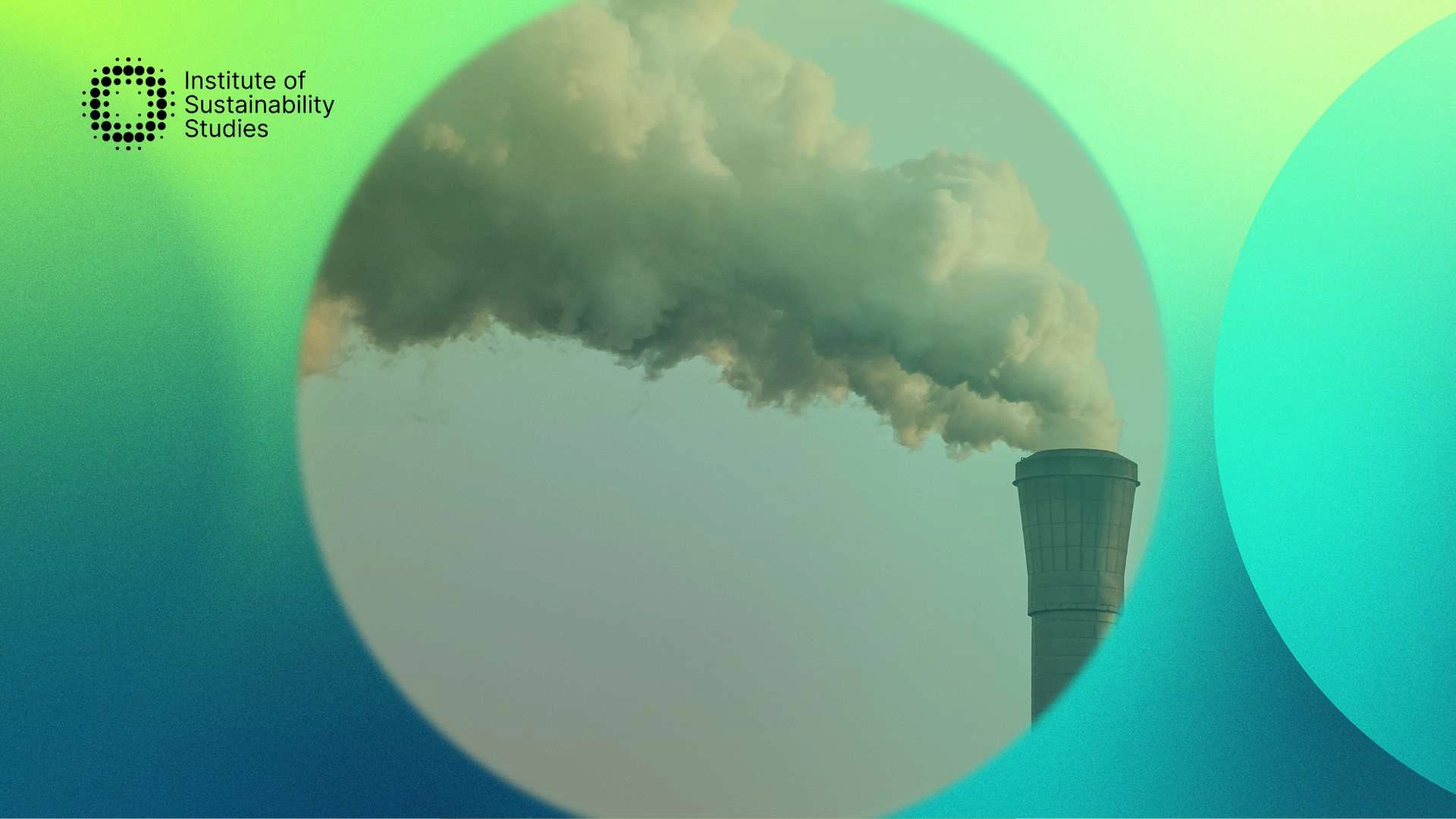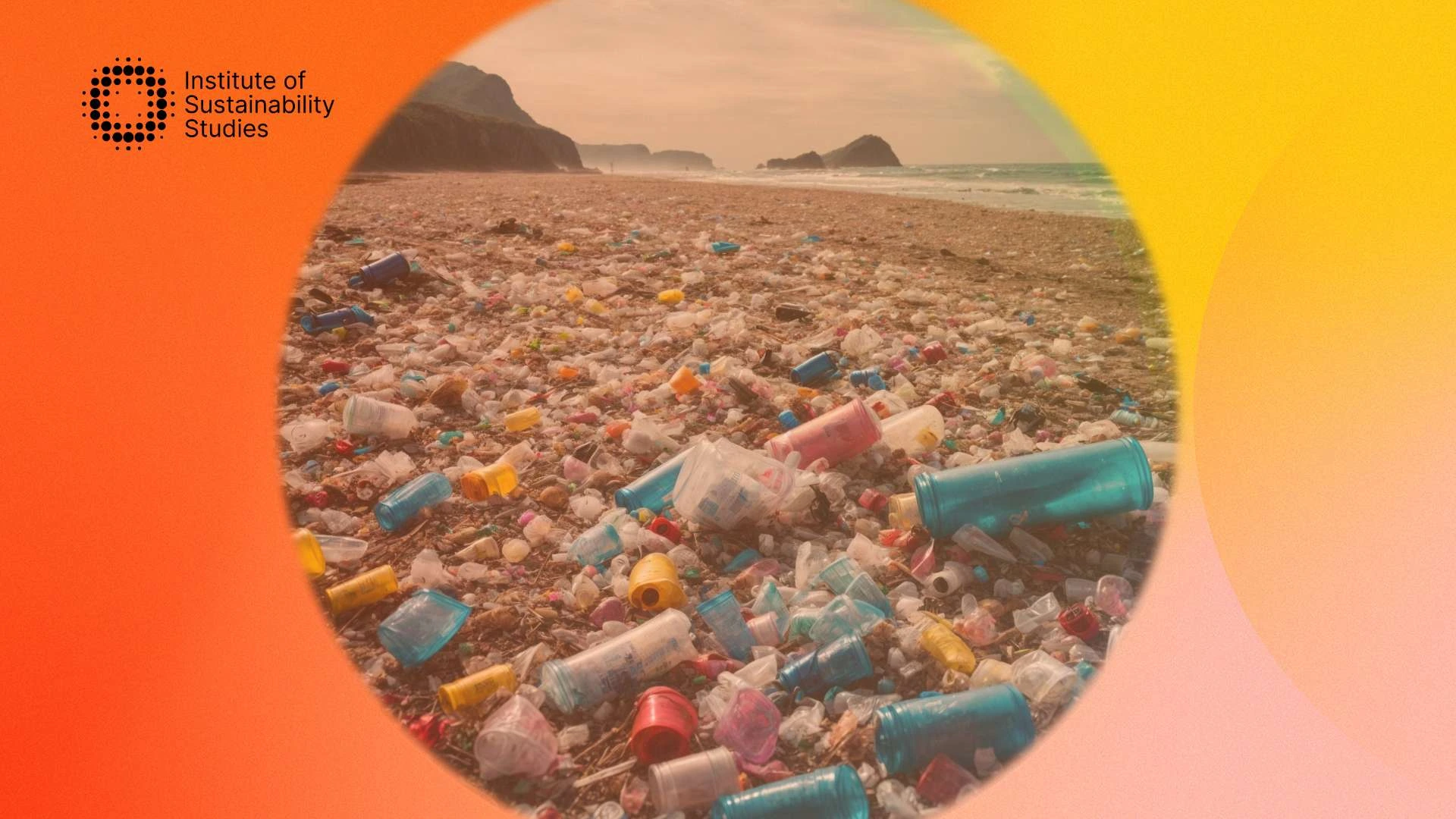In the face of climate change, we desperately need to curb our reliance on fossil fuels. This means switching to cleaner energy solutions, but it will be a major societal challenge. Implementing clean energy and driving a just energy transition cannot occur if the sector is dominated by one gender.
According to Equal by 30, a campaign part of the Equality in Energy Transitions Initiative, women account for just 32 percent of the energy sector. Women are currently underrepresented in the energy sector, and as such strong agents of change, this desperately must change. Women are an untapped resource for this industry, bringing insights and ideas and driving innovation. Continue reading as we explore women’s role in driving the clean energy transition.
What is clean energy?
Ensuring access to clean and affordable energy is goal 7 of the Sustainable Development Goals. Clean energy is essentially energy that comes from zero-emission, renewable sources that do not pollute the atmosphere when used. Moving to clean energy also involves the practice of saving energy through energy efficiency measures.
It differs from green energy, which refers to energy generated from natural sources. This subtle difference means the two terms are often confused. Clean energy is powered by renewables. In other words, resources that do not run out. Some examples of clean and renewable energy include solar and wind energy.
Most green energy sources are renewable, however, not all renewable energy sources are considered green. For instance, hydropower is a renewable resource, but many argue it is not green because of the industrialisation and deforestation associated with the building of hydro dams that can negatively impact the planet. The ideal clean energy mix happens where green energy is coupled with renewable energy.
Clean energy offers a wide array of economic and environmental advantages, including a reduction in air pollution. Implementing a diverse clean energy supply will also help to curb emissions by reducing the dependence on fossil fuels. The move to clean energy will also lead to the creation of jobs to develop, manufacture, and install the clean energy resources of the future.
The need for a clean energy transition
The move to clean energy is vital to meet our climate goals and save the planet. Clean energy production paves the way for us to create the energy we need without the associated greenhouse gas emissions and adverse environmental impacts.
To turn the tide on climate change, the world needs at least a nine-fold increase in clean energy production to meet the Paris Agreement objectives and much more to achieve net zero emissions by 2050.
The rapid move to clean energy will benefit the planet and people. The rapid move to clean energy will enable us to address many climate-related risks, including water and food, security, health, environmental balance, and economic growth. To achieve the significant new energy infrastructure delivery and renewal required to drive this transition, we need much investment and fresh ideas.
What is the energy transition fund?
There are many Energy Transition Funds available today as the need for us to transition to a world powered by clean energy increases. These funds aim to support and encourage development, research, and innovation in clean energy. Essentially, the fund invests in shares of companies worldwide that are contributing positively to the transition to clean energy.
Why gender in the clean energy transition matters
The Sustainable Development Goals website shares that a third of the world’s population does not have access to clean energy. It adds that unfortunately, girls and women are the most affected by energy poverty. This lack of access to energy has a knock-on effect on healthcare, food security, public safety, economic opportunities, and education.
This is why gender equality and the empowerment of girls and women are goals set out in the Sustainable Development Goals. Given that women are the most impacted by the energy crisis, it seems only right that they can act as agents of change and be part of the solution. Ensuring equal opportunities in the workplace is vital to driving a just energy transition.
The sector remains male-dominated and unrepresentative of the workforce. Businesses with women in their management generally prioritise and invest more in sustainability. Similarly, they are more environmentally sustainable and energy efficient in their own lives. Addressing this gender gap in the energy sector means placing sustainability advocates on teams that are passionate about the cause and ensuring meaningful impact.
How women are leading the way in driving the clean energy transition
Most of the leading energy companies are profoundly underrepresented by half of the population. A PWC survey found almost two-thirds of leading energy companies have zero women on their boards. Additionally, well under 40 percent have too few women available in their workforce to progress to senior management. This sector has been historically led by heavy engineering and as a result, male-dominated. However, this is not a valid justification for the gender imbalance to continue to the present.
Women have already proven to be key players in driving the transition to clean energy worldwide. They are spearheading many organisations across the globe to ensure that this transition is prioritised. For example, the EWiRE network is hugely valuable in promoting and supporting women working in these roles, giving them the platform they need to connect and help future generations of women who want to be part of the clean energy industry.
Based in the UK, EWiRE is a vibrant network for women in clean energy and comprises more than 500 clean energy professionals and leaders. Numerous energy companies, particularly in the renewables sector, have recognised the need to address the gender imbalance. However, progress remains slow. Women can play a pivotal role in driving the clean energy transition. They can do this by generating a vital dynamic force to generate change within the energy industry.
Women can add value at all levels and in every sector of the energy industry, resetting business culture, instilling unique and new approaches, and driving innovation every step of the way. With this in mind, the energy industry must attract and retain more female talent and boost the pipeline of female leaders. The role of women in driving this transition is already gaining much momentum in both society and academia.
Gender diversity in the energy industry is also important for driving more inclusive and innovative solutions to accelerate the clean energy transition globally. Climate change is one of our greatest challenges, and there is no denying that it is hard to reduce our reliance on fossil fuels. This is where women entrepreneurs can be a valuable resource and help in devising innovations that both help us curb our reliance on fossil fuels and mitigate climate change.
Not to mention, female entrepreneurs can enhance the effectiveness of the energy supply chain. They can do this by fast-tracking the last-mile distribution of clean energy technologies. This is because they can better connect with female customers, deliver services and products through untapped social networks, and enhance awareness in their communities. Ultimately, the role of gender-transformative policies and women in the energy industry is vital for achieving SDGs 5 and 7 and for establishing a climate-just future.
How do we move forward to ensure women are included
Women are critical to the clean energy transition. There are several ways we can move ahead to ensure they are included and are active agents of change. Creating enabling environments can help. This involves implementing gender responsiveness in energy planning, regulation, and policymaking.
Energy planning and policies generally lack a gender perspective or are ‘gender blind’. In other words, women are underrepresented in decision-making processes, practitioners lack awareness of gender dimensions, and gender-disaggregated information and data are sparse.
Global companies, national governments, NGOs, and the private sector are coming together to try and close these gender gaps. For instance, ENERGIA has trained and supported over 8,000 female entrepreneurs in the clean energy industry. Businesses in the energy sector must seek out female talent for their teams and boards.
Looking beyond businesses, governments must also consider gender in their national policies. They must increase awareness of the importance of addressing this gap and how women are most affected by energy poverty. In general, gender equality should be a top priority, however, with a challenge like climate change, it has never been more important.
Summary
The energy sector is largely male-dominated which means a significant portion of the population is not being represented. Women are crucial to the clean energy transition, and businesses within this sector must work to acquire more female talent. This underrepresentation means women are not being considered in important policies and decision-making.
By the same token, women and girls are the most affected by energy poverty. Female entrepreneurs are an untapped powerhouse for not only mitigating the climate crisis but also driving a just transition to clean energy. If you want to learn how to champion diversity, equity, and inclusion and tackle important environmental issues within your organisation, our Diploma in Business Sustainability Course will help you get your sustainability education today.
Dedicated to harnessing the power of storytelling to raise awareness, demystify, and drive behavioural change, Bronagh works as the Communications & Content Manager at the Institute of Sustainability Studies. Alongside her work with ISS, Bronagh contributes articles to several news media publications on sustainability and mental health.
- Bronagh Loughlinhttps://instituteofsustainabilitystudies.com/insights/author/bronagh/
- Bronagh Loughlinhttps://instituteofsustainabilitystudies.com/insights/author/bronagh/
- Bronagh Loughlinhttps://instituteofsustainabilitystudies.com/insights/author/bronagh/
- Bronagh Loughlinhttps://instituteofsustainabilitystudies.com/insights/author/bronagh/









